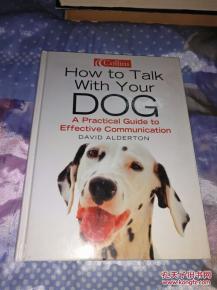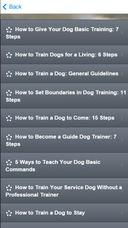
How to Stop Dog Bites from Nipping at Your Fingers
Dealing with a dog that has a tendency to bite can be a challenging experience. Whether it’s a playful nipping or a more aggressive behavior, it’s essential to address this issue promptly and effectively. In this article, we will explore various strategies to help you stop your dog from biting, ensuring a safer and more harmonious environment for both you and your furry friend.
Understanding the Root Cause

Before diving into the methods to stop dog bites, it’s crucial to understand why your dog might be biting. Here are some common reasons:
-
Playfulness: Puppies often use their mouths as a way to explore and interact with their environment. This can sometimes lead to nipping.
-
Teething: Dogs, especially puppies, go through a teething phase where they chew on everything to relieve the discomfort.
-
Stress or Anxiety: Dogs may bite out of fear, stress, or anxiety, especially if they feel threatened or overwhelmed.
-
Aggression: Some dogs may exhibit aggressive behavior due to past experiences, dominance issues, or lack of proper training.
Training and Socialization

Training and socialization are key components in preventing dog bites. Here are some effective strategies:
-
Teach the “Leave It” Command: This command teaches your dog to ignore tempting objects, including people’s hands. Start by showing your dog a treat, then say “leave it” and close your hand. When your dog looks away, reward them with a different treat.
-
Use Positive Reinforcement: Reward your dog with treats, praise, or affection when they exhibit desirable behavior, such as not biting.
-
Socialize Your Dog: Expose your dog to various people, animals, and environments to help them become more comfortable and less likely to bite.
-
Desensitization and Counterconditioning: Gradually expose your dog to the things that trigger their biting behavior, while pairing it with positive experiences. For example, if your dog bites when you try to pet them, gently pet them while they are in a relaxed state and offer treats.
Physical and Mental Stimulation

Providing your dog with adequate physical and mental stimulation can help reduce their biting behavior. Here are some tips:
-
Regular Exercise: Dogs need regular exercise to burn off excess energy and reduce stress. Aim for at least 30 minutes of exercise per day.
-
Interactive Toys: Provide your dog with interactive toys that stimulate their mind and keep them engaged.
-
Training Sessions: Regular training sessions can help keep your dog’s mind active and reinforce good behavior.
Handling and Body Language
Understanding your dog’s body language and how to handle them properly can prevent biting incidents. Here are some tips:
-
Read Your Dog’s Body Language: Pay attention to signs of stress, such as tucked-in tail, flattened ears, or a tucked-in head. These signs may indicate that your dog is about to bite.
-
Use a Calm and Assertive Tone: When correcting your dog, use a calm and assertive tone of voice. Avoid raising your voice or becoming aggressive.
-
Offer a Distraction: If your dog starts to bite, offer a distraction, such as a toy or treat, to redirect their attention.
Consulting a Professional
If you’ve tried various methods and your dog’s biting behavior persists, it may be time to consult a professional. Here are some options:
-
Professional Dog Trainer: A professional dog trainer can provide personalized training and behavior modification techniques tailored to your dog’s specific needs.
-
Behaviorist: A certified behaviorist can help you understand the root cause of your dog’s biting behavior and develop a comprehensive treatment plan.
-
Veterinarian: If your dog’s biting behavior is due to a medical condition, such as pain or anxiety, a veterinarian can provide appropriate treatment.
By understanding the root cause of your dog’s biting behavior and implementing these strategies,







